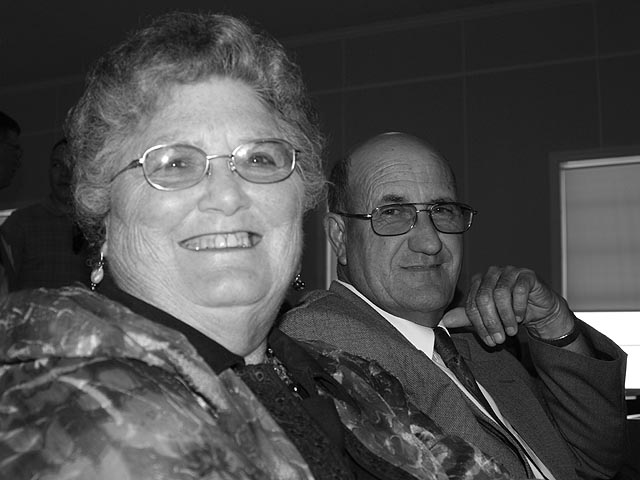I’ve been wearing these for a while:

I’ve been wearing them for me, but hadn’t thought about what I would say if someone asked why I am wearing a pin. Why would anyone ask? Who would care?
I got pins for my mom and my cousin.
My lovely wife gets the idea, even if I’ve only just figured out why I got them.
My grandmother loved hummingbirds. And I am still not ready to think about this in the past tense.
My grandmother’s chair sits right beside the large picture window in her house. And outside, on the long porch, there are several hummingbird feeders. She could sit and watch them hover and fight all day long.
Her oldest friend laughed and told me how my grandmother was, every year, in a competition to get the first hummingbird visit. She delighted in calling and bragging about her hummingbird feeders because they brought the first birds and the biggest and the most colorful. And it was all, no doubt, owing to some secret ingredient (four times the recommended sugar, perhaps) that she put in the syrup.
So there was a hummingbird this and a hummingbird that at the funeral. I was looking for something to hang on to and got a pin for my mom and cousin and, ultimately, me. So I rotate through these four lapel pins. One day a student asked why I was wearing one and I struggled with that. The classroom isn’t the place for all that, after all. On Friday a coworker asked about it, and then that led to a conversation about her grandmother, which was nice.
Later that day, though, I figured all of this out.
It has been a few months — I can’t bear to count the days — but I miss her dearly and completely and in all things. These are the standard laments about time and things to be said and learned and easing the hurt of others close to her. Meanwhile the world moves and I feel stuck. It was days before this and weeks before that and now I’m at a couple of months of random emotional moments.
My mother-in-law said perhaps the most purposeful and explanatory thing on all of this, that the grandparent-grandchild bond is a strong and unique one. Every memory is a bird’s wing, every memory is a prompt and every prompt is a catch in the throat and a watery eye. There is always fluttering to do.
My personal framework is pretty basic: If I did this, would my mother approve? Would my grandmother? Maybe that’s silly, but it always served me well when I abided by it, the opinions of people that matter are important and formative and lasting.
Because of that, whether I was at her home, or living two or four or six hours away, my grandmother was always in my day, always helping or laughing or talking or fussing, always present.
Those little pins are a way of keeping her there.

















